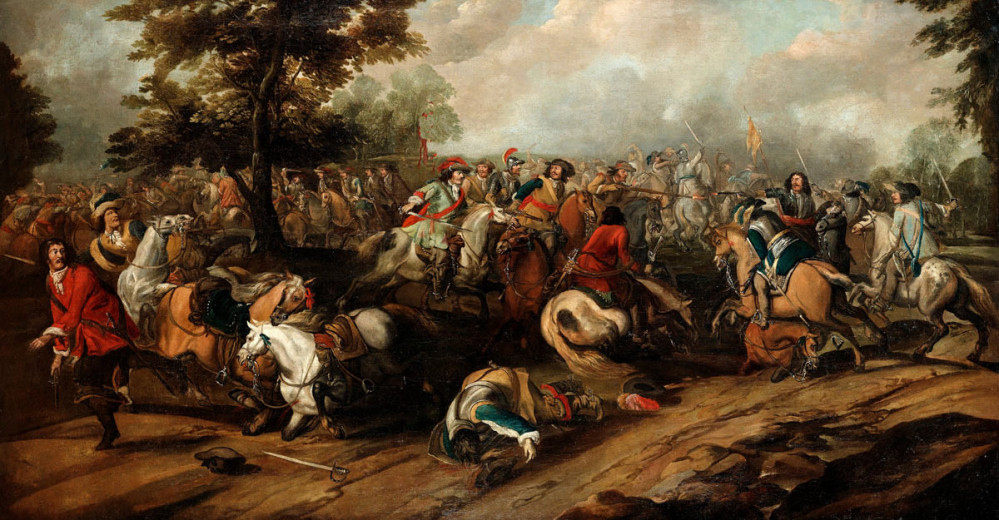
ECW: Time to make war
Movement
On the face of it, move rates would seem to be the simplest of criteria for a game where both sides (or all sides!) were virtually identical and there were no significant differences between troop qualities. The issue therefore becomes one of manoeuvre and the speed at which forces would come into contact.
In the ECW infantry units had to move as “fast” as the slowest element. The Pikemen had to keep to a solid formation as far as possible so as to ensure maximum protection in the event of cavalry interference. What this meant in practice was that movement was relatively slow, particularly compared to modern drilled troops. Of course, ECW battalions weredrilled, but the complexity of the moves meant they were slow and steady.
What does this mean for infantry move rates on the table top? Most games of the period suggest rates that might be considered extremely slow. 6” (15 cm) is common, and PoW actually suggests 4” (10 cm) for formed up units.
On a standard 6×4 table, assuming armies fight from the long sides and based on 15 cm movement (i.e. 6”), it would take 2 full turns each side for two infantry units to come to long range musket fire (at the moment I am thinking long range at 30 cm rather than anything shorter), or a further turn each to get into melee combat.
At the shorter move rate of 10 cm, this turn requirement increases to 4 turns for fire or 5 for melee. An additional factor to consider is the charge move. But in practical terms due to the use of the pike, any P&S unit could not practically “charge” the enemy. A slow advance ending with the “push of pikes”, a glorified scrum, was the usual practice – if it comes to that point at all.
The above pictures show the different movement rates in “action”. The 15 cm rate significantly reduces the time to reach combat, but I’m not convinced that this reflects the actual battle dynamics of the period. The shorter move ‘feels’ right.
What of irregular infantry, e.g. Scottish Highlanders who did not form up in pike & shot units? As they do not have to maintain a fixed formation, they would be freer to move, so a basic movement should be faster than the P&S blocks. However this should not be too exaggerated, and for the purpose of the game an extra 2-3 cm for a basic move should reflect their different character without giving them an excessive advantage.
Irregular infantry CAN charge, as they do not have to maintain a carefully formed line, so the final charge is 1.5 times the standard move.
Cavalry have a broadly similar set of criteria. When in battle, cavalry did not charge hell for leather as we see in the movies, but rather trotted or cantered to within charge range and saved to horses for the final rush in. For movement, therefore, I think it reasonable to reduce cavalry move rates until they enter a charge range. So a basic move relative to infantry of 1:1.5 i.e. if 10 cm is the base infantry move, cavalry would have a 15 cm allowance for a standard move.
The image below shows the relative distances for infantry and cavalry over a 4 move sequence. The extra range of cavalry might appear to make them a major asset in an ECW battle, but in reality the pikes kept the horses at bay, and most cavalry engagements were between two opposing cavalry forces. When attacking infantry it was common for cavalry to adopt the caracole practice of riding within pistol range, firing into the massed ranks of infantry and retiring to reload while the second (and/or third) wave followed up. Of course some heavier cavalry did engage directly with infantry, but this is for another rule section.
Artillery would rarely move, and if it did it would take a long time and require many men and horses. So for the purpose of these rules, I envisage artillery being placed during set up and immovable thereafter.
Officers and aide-de-camp can move at a fast rate as in practice these would be individuals generally moving as fast as possible with no formation issues to maintain. In the simple game rules I do not envisage anything obstructing these figures, but perhaps some complications can be introduced later.
On balance I am leaning towards the shorter movement rates for infantry, which then impacts on the other rates, as this was NOT generally a period of fast manoeuvre.
So to summarise movement:
Formed Infantry standard move = 10 cm
Formed Infantry no charge move standard move into melee
Irregular Infantry standard move = 12 cm
Irregular Infantry charge move = 18 cm
Cavalry (all types) standard move = 15 cm
Trotters (i.e. caracole units) no charge/engage at pistol range
Gallopers (i.e. engage with sword) = 18 cm
Light horse/lancers standard move = 15 cm
Light horse/lancers charge move = 20 cm
Officers / aide-de-camp move = 25 cm
The picture shows the relative movement for the different troop types.
Of course additional complications can be introduced, and probably will be for terrain effects, command decisions, unknown complications etc. all of which can impact on actual movements. But these I will consider for any “Advanced” rule amendments for later.
Now time to play test some of these movement rates to see if it “feels” right.
































![How To Paint Moonstone’s Nanny | Goblin King Games [7 Days Early Access]](https://images.beastsofwar.com/2024/12/3CU-Gobin-King-Games-Moonstone-Shades-Nanny-coverimage-225-127.jpg)








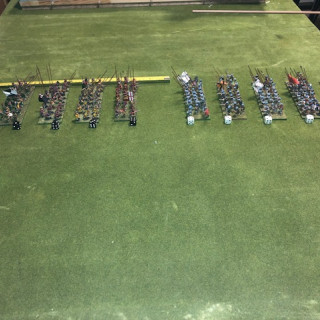
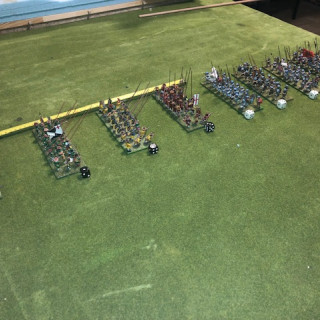

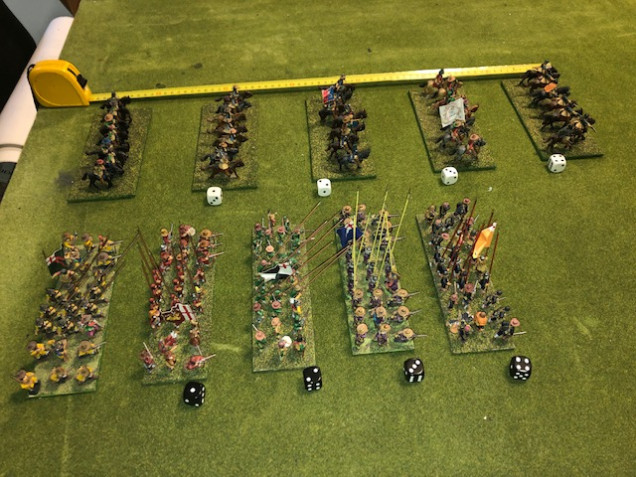
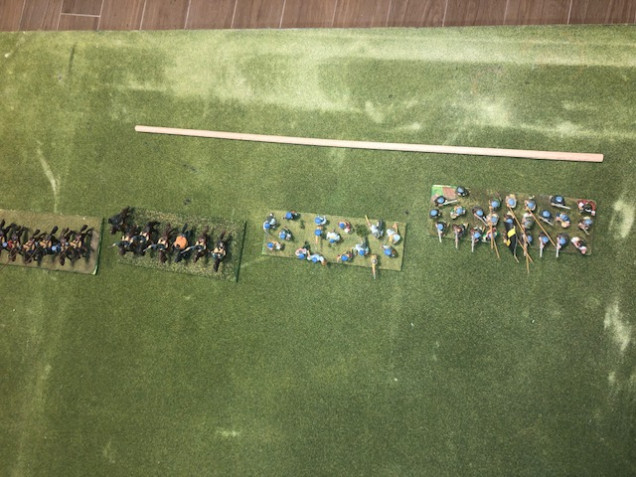































Leave a Reply